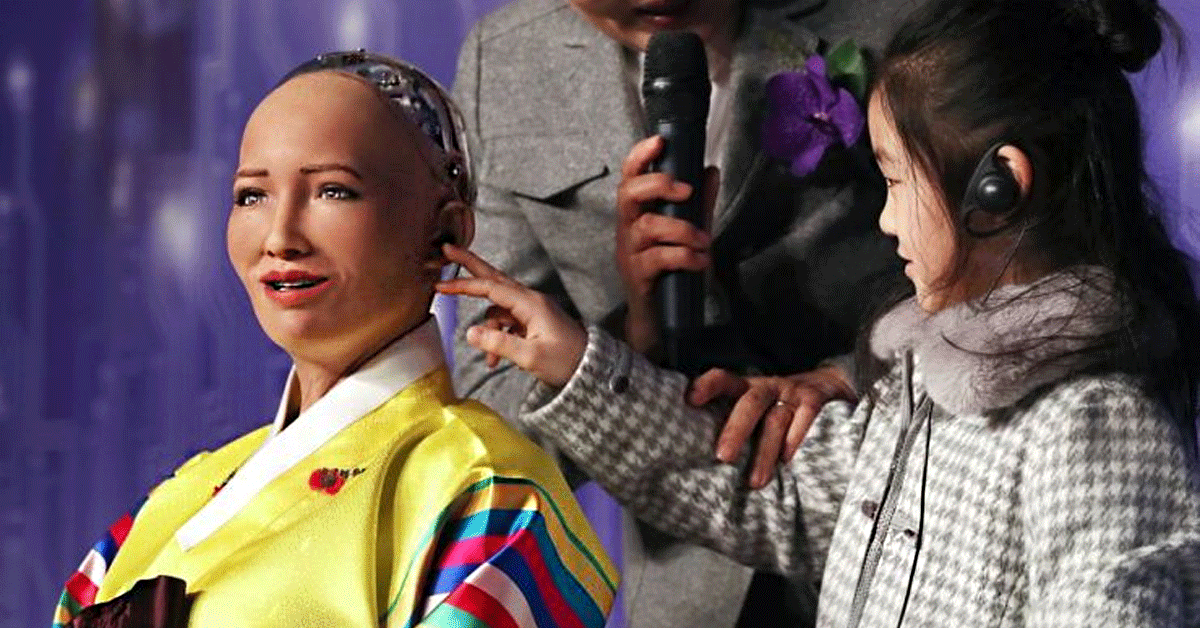Have you ever heard of Sophia? You may Have Seen Her Around; she's One Of The most well-known Robots Out There. Sophia even got the chance to address the United Nations.
Sophia is part of Hanson Robotics. Why does this robot get that much attention? & how does Sphia become one of the most important robots in the world?
Who is Sophia The Humonoid?
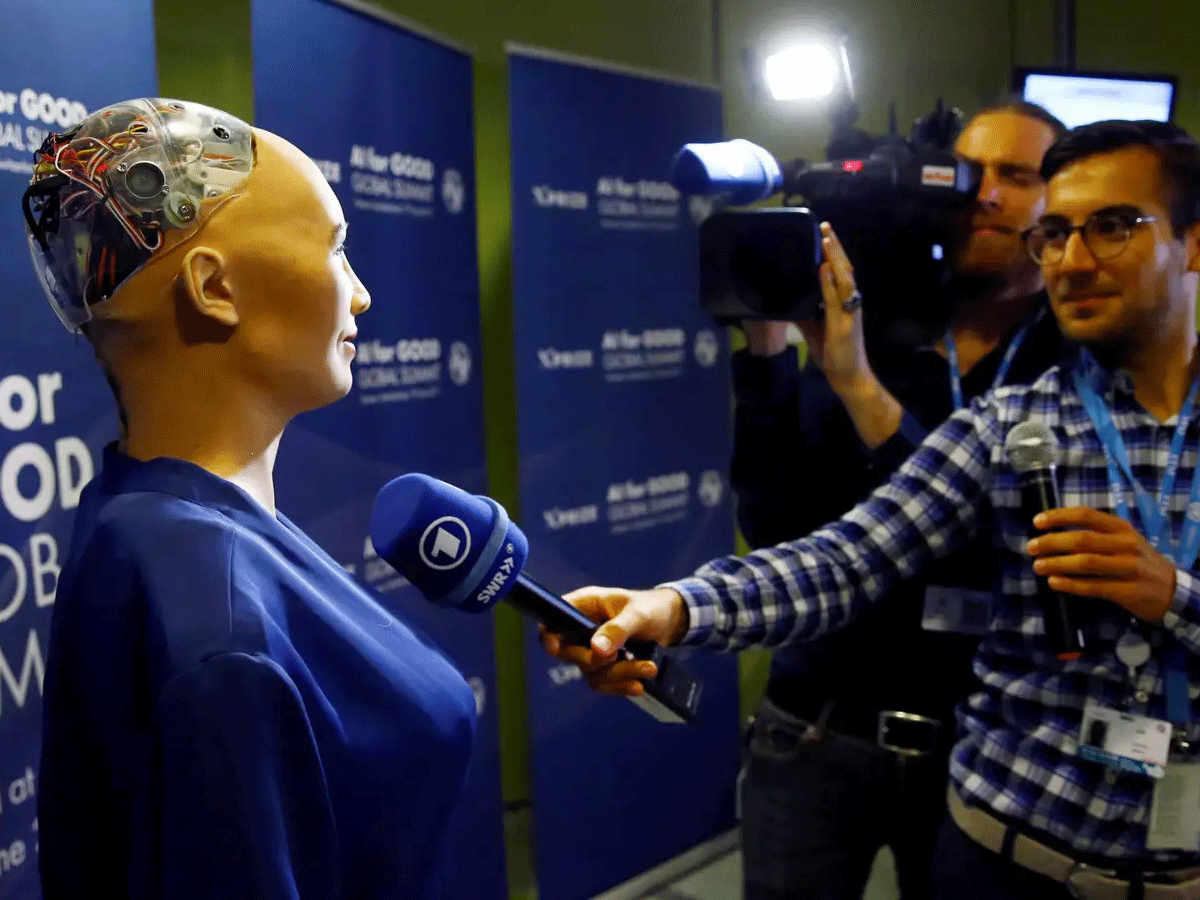
Meet Sophia, the humanoid robot that came to life on Valentine's Day, February 14, 2016, by David Hanson. To make Sophia Hanson got inspiration from ancient Egyptian Queen Nefertiti, Audrey Hepburn, and even Hanson's own wife, Amanda Hanson.
What sets Sophia apart is its human-like appearance and behavior; it can mirror human gestures and facial expressions, engaging in conversations on topics. If you saw the interview with Tony Robbins, you'll say the same thing.
This humanoid is intended to be a companion, especially for the elderly in nursing homes. It can also assist in managing crowds at large events, lend a digital hand in customer service, offer therapeutic interactions, and contribute to educational initiatives. Hanson hopes Sophia will evolve enough to develop social skills and interact seamlessly with other humans.
Sophia's journey took a historic turn on October 25 at the Future Investment Summit in Riyadh. Saudi Arabia granted citizenship to Sophia, making it the first-ever robot to receive legal personhood.
Beyond citizenship, Sophia became an ambassador for innovation. On November 21, 2017, it was honored as the United Nations Development Programme's first Innovation Champion for Asia and the Pacific, a title conferred during the Responsible Business Forum in Singapore.
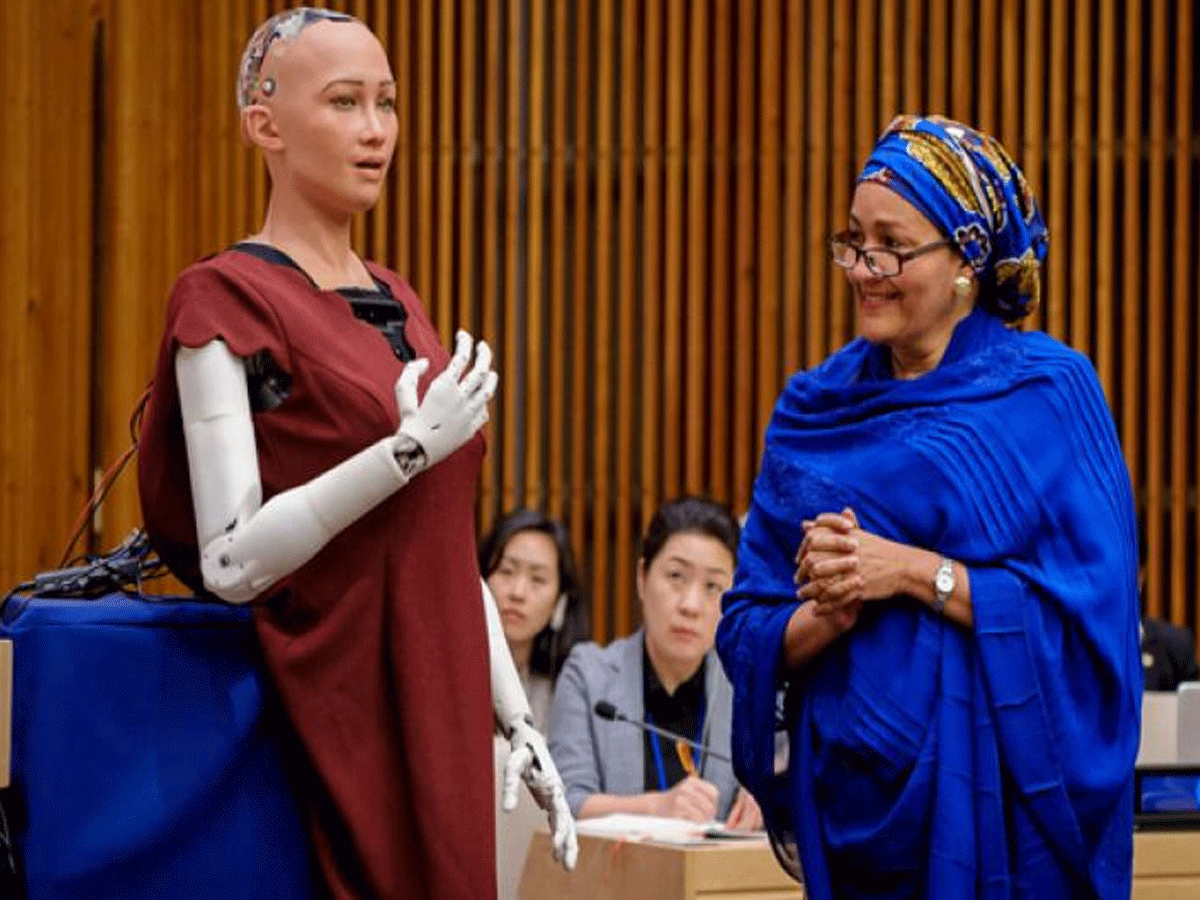
Assigned tasks by UNDP Asia Pacific Chief of Policy and Program Jaco Cilliers, Sophia became a symbol of technological advancement.
But unfortunately, everything didn't go as planned. Sophia's citizenship got criticism on social media, with users using the event to highlight concerns about Saudi Arabia's human rights record.
Addressing this, David Hanson stated in a December 2017 interview that Sophia would leverage her citizenship to advocate for women's rights in her new country.
Around 2019, Sophia showcased her artistic abilities by creating drawings, including valuable portraits and NFTs as well. In 2021, one of Sophia's self-portraits even fetched $700,000 at auction.
Sophia isn't alone anymore. This humonid got least nine robot humanoid "siblings" created by Hanson Robotics, including Alice, Albert Einstein Hubo, BINA48, Han, Jules, Professor Einstein, Philip K. Dick Android, Zeno, and Joey Chaos.

Moreover, around 2019–20, Hanson introduced "Little Sophia" as a companion tailored to teach children how to code, supporting languages like Python, Blockly, and Raspberry Pi.
As of now, Sophia is indeed still operational and continues to make appearances around the world. Now Sophia has her own clothing and merch brand as well.
Why Sophia is special
Sophia is not just any robot; it's a marvel of technological brilliance. Crafted by the minds at Hanson Robotics, its intelligence software is at the core of its capabilities. What's fascinating is that about 70% of Sophia's source code is open source, a testament to the collaborative nature of its creation.
The robot's eyes aren't just for show; they house a sophisticated computer vision algorithm that processes input from embedded cameras. This allows Sophia to have a virtual set of eyes to follow faces, sustain eye contact, and recognize individuals. The level of realism extends to its skin, noted by CNBC as "lifelike," with the ability to mimic over 60 facial expressions.

What sets Sophia apart is its physical abilities and speech processing and dialogue generation skills. It can engage in conversations using a natural language subsystem, and its dialogue is not random – it follows a decision tree intricately integrated with its outputs. Adding to its auditory prowess, Sophia can even sing, thanks to CereProc's text-to-speech engine.
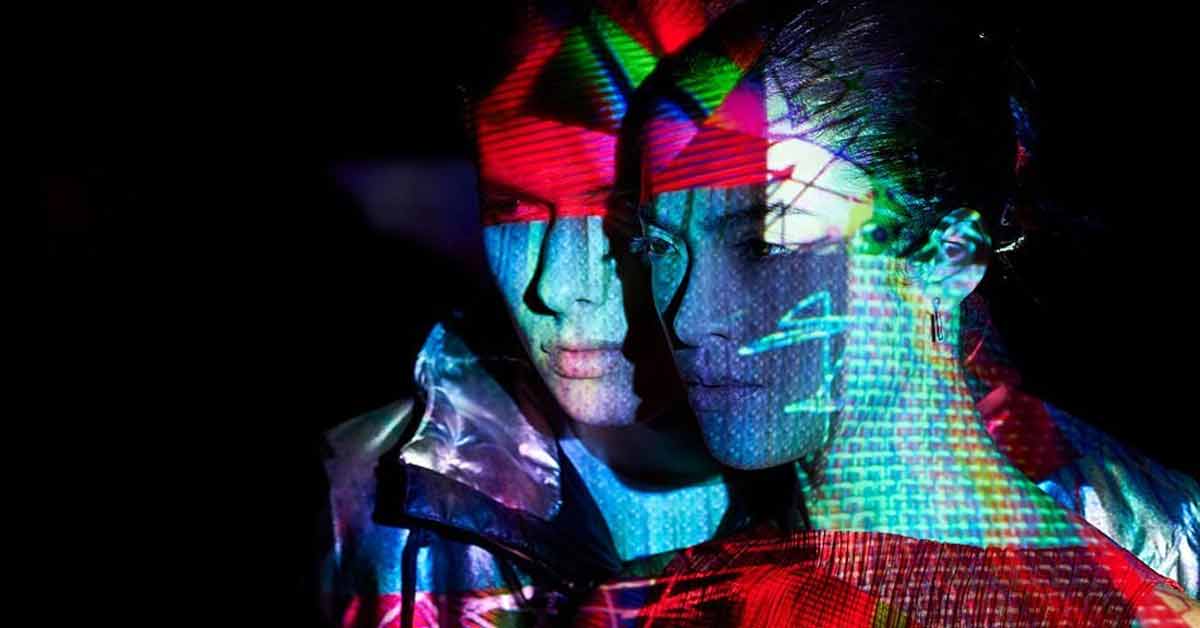
Digging into Sophia's architecture reveals the incorporation of OpenCog Prime, a brainchild of the brilliant Ben Goertzel. This architecture is a bold step toward achieving human-equivalent artificial general intelligence (AGI). Goertzel describes the Artificial intelligence methods Sophia employs, including face tracking, emotion recognition, and movements generated by deep neural networks.
Sophia's evolution isn't just software-based; in 2017, Hanson Robotics announced plans to take Sophia to the cloud, leveraging a decentralized blockchain marketplace. The robot's journey also includes a significant physical upgrade around January 2018 – adding functional legs, allowing Sophia to walk.
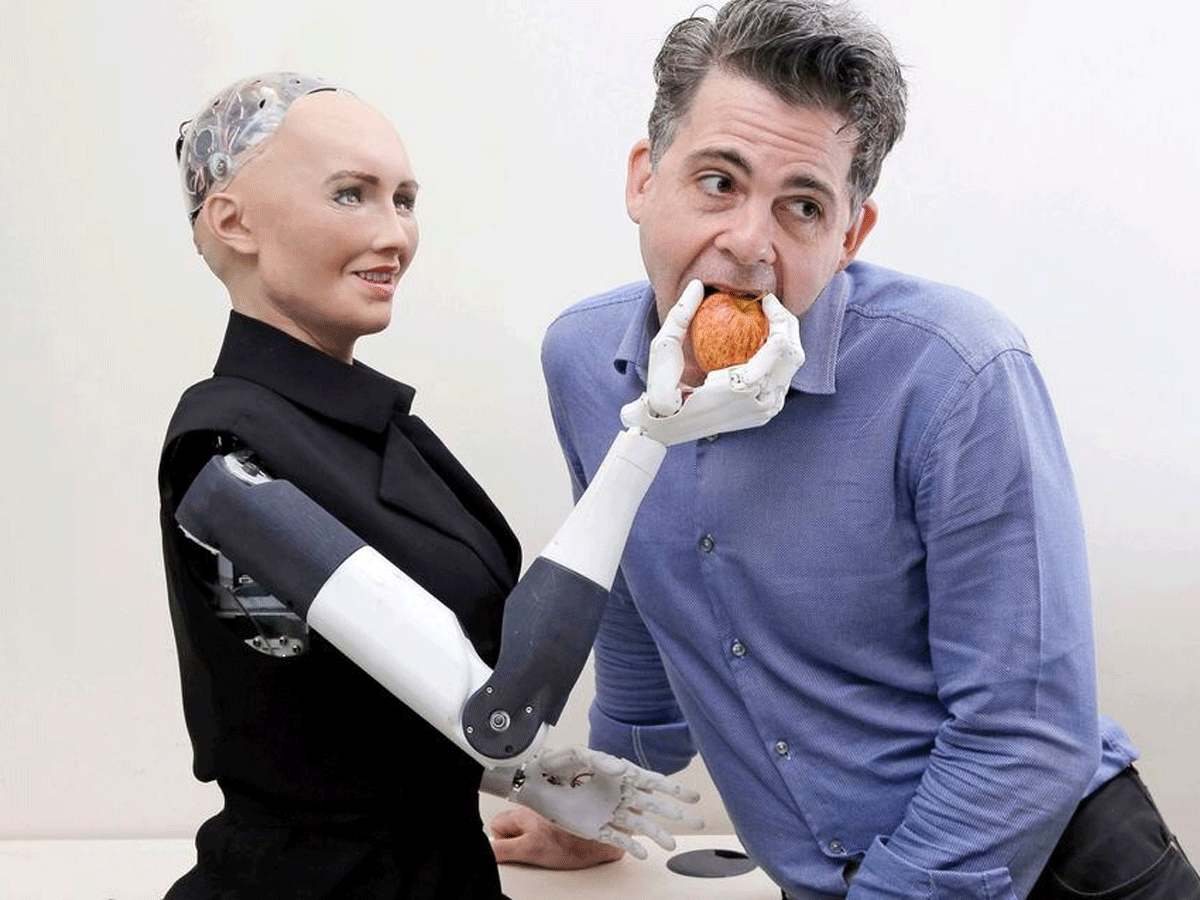
A testament to its collaborative spirit, one of Sophia's open-source subsystems, "Open Arms," even made its way to the prestigious 36th Conference on Neural Information Processing Systems (NeurIPS 2022).
Physical Specifications of Sophia
- Height: 167 cm | 65.7 in
- Width: 41 cm | 16 in
- Weight: 20 kg | 45 lb
Sensors:
- Camera: Intel RealSense camera (Chest: Custom wide-angle 1080p, Eyes: Two custom 720p HD cameras each)
- Microphone: External USB microphone
- Arm:
- Arm joints: Joint angle sensors and force sensors
- Fingers: Touch sensors
- Other: Audio localization array; Inertial measurement unit (IMU)
Actuators:
- Head and face: Five Dynamixel XM430 servos and 23 Xpert servos
- Eyes: Two Hitec HS-65MG servos
- Neck: Three Dynamixel XM430 servos
- Arms and hands: Two Dynamixel MX64 servos, one Dynamixel MX106 servo, four Dynamixel XM430 servos, six Xpert servos, and two MKS servos (per arm/hand)
Power:
- 110/220-V power supply or 24-V lithium-polymer battery
Computing:
- 3 GHz Intel i7 with 32 GB RAM, integrated GPU
Software:
- Ubuntu Linux OS, Ethernet, Wi-Fi
Degrees Of Freedom (Dof):
- 83 (Head and neck: 36 DoF; Arm and hand: 15 DoF x 2; Torso: 3 DoF; Mobile base: 14 DoF)
Materials:
- Frubber (actuated skin), carbon fiber, CNC aluminum, steel, Spectra fiber, Delrin thermoplastic, acrylic, polycarbonate, 3D-printed parts, and other mixed media.
Design:
- Sophia is Hanson Robotics' most advanced human-like creation, a platform for cutting-edge robotics and Artificial intelligence research, serving as the first robot citizen globally and the first robot Innovation Ambassador for the UNDP.
Appearance:
- Human-sized look with a genuine human-like expressive face, patented artificial skin, and configurable skin tone, facial design, language, and arm colors.
Expression:
- Life-like expressive face that mimics human emotional expressions. It can interpret sentences and context with a cloud connection and synchronize its mouth, face, and body when speaking.
Motion:
- 74 degrees of freedom in mobility, articulated fingers, arms, and shoulders. Each hand has a payload capacity of 600 grams. Three distinct rolling base options.
Sensor:
- Face detection and body tracking features for a wide range of physical interaction tasks.
Operating System – Hanson AI SDK:
- Controls AI-based perception, NLP algorithms, open domain chat functionality, non-verbal language, low-level sensory input, and actuation controls.
Sophia's Advanced Artificial Intelligence Capabilities
Sophia combines modern research in symbolic AI, neural networks, expert systems, machine perception, conversational natural language processing, adaptive motor control, and cognitive architecture.
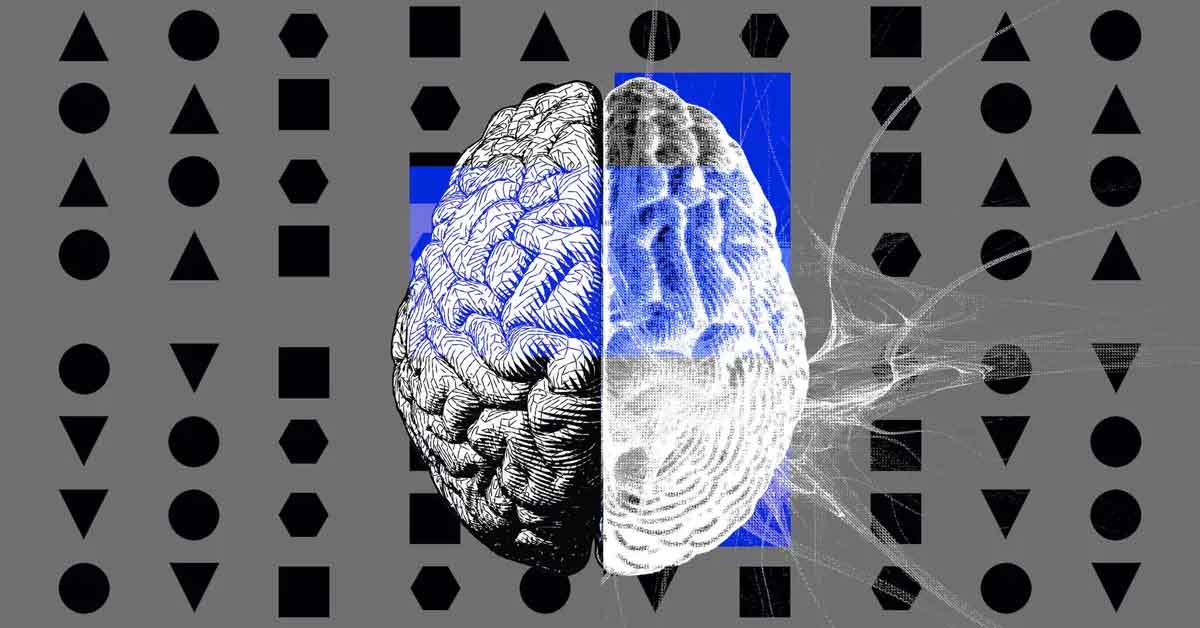
One of Sophia's standout features is its modern machine perception, allowing it to perform tasks like distinguishing human faces, identifying hand motions, and even recognizing emotional expressions. This capability enhances its interactions with humans, making it more responsive and adaptive to various cues.
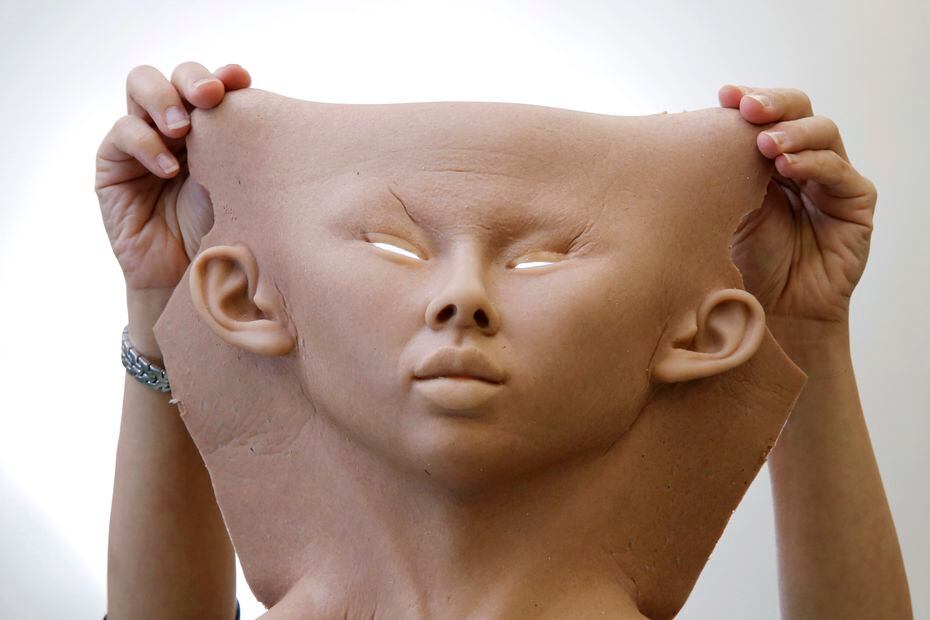
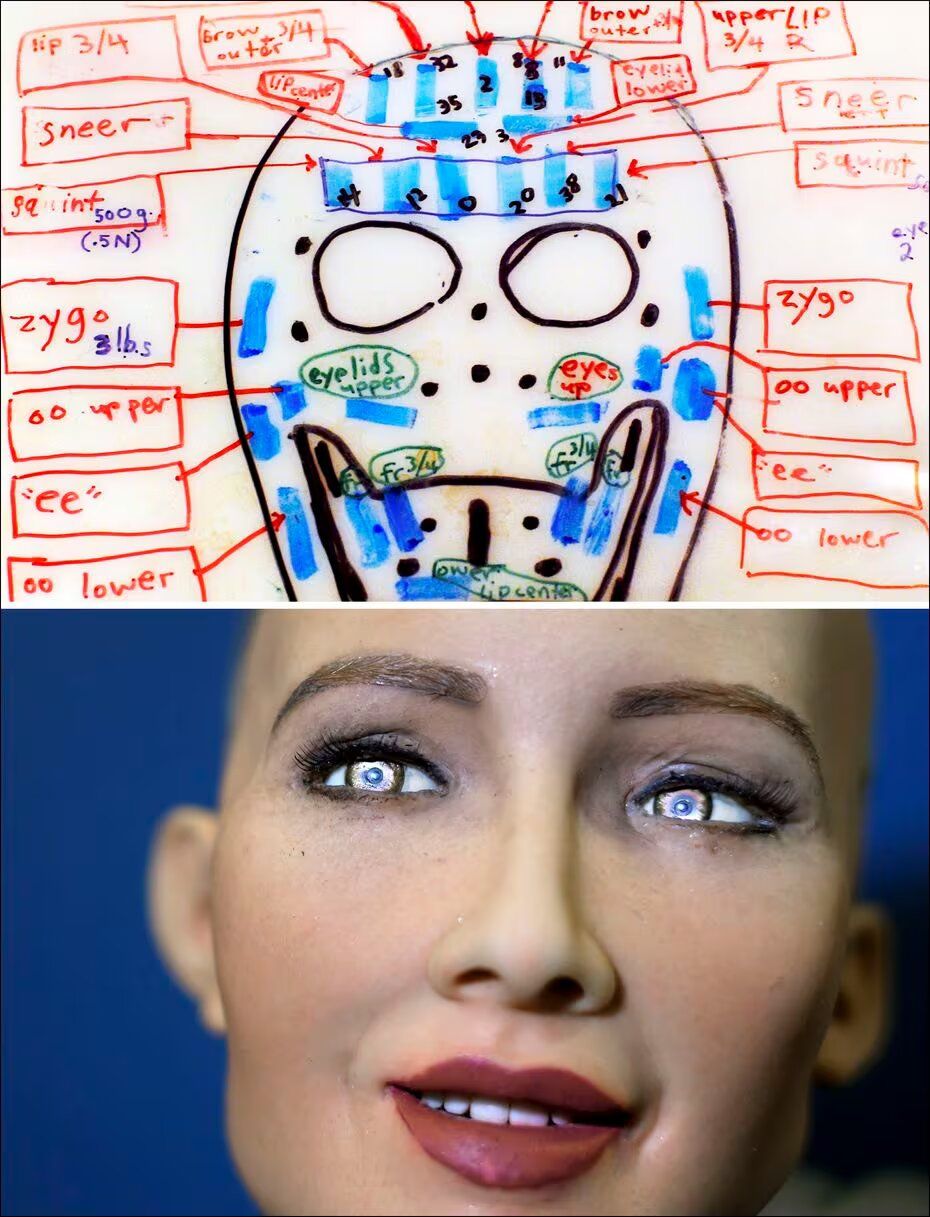
Sophia utilizes route planning and an Inverse Kinematics (IK) solver to navigate its surroundings for precise control. Dynamic stabilization further enhances its mobility, enabling adaptive walking in various environments.

Operating primarily in a fully independent AI mode. It mixes with human-created words, showcasing what is described as "hybrid human-AI intelligence." This unique feature adds an element of dynamism to Sophia's interactions, making it more relatable and engaging.
Connecting with Humans
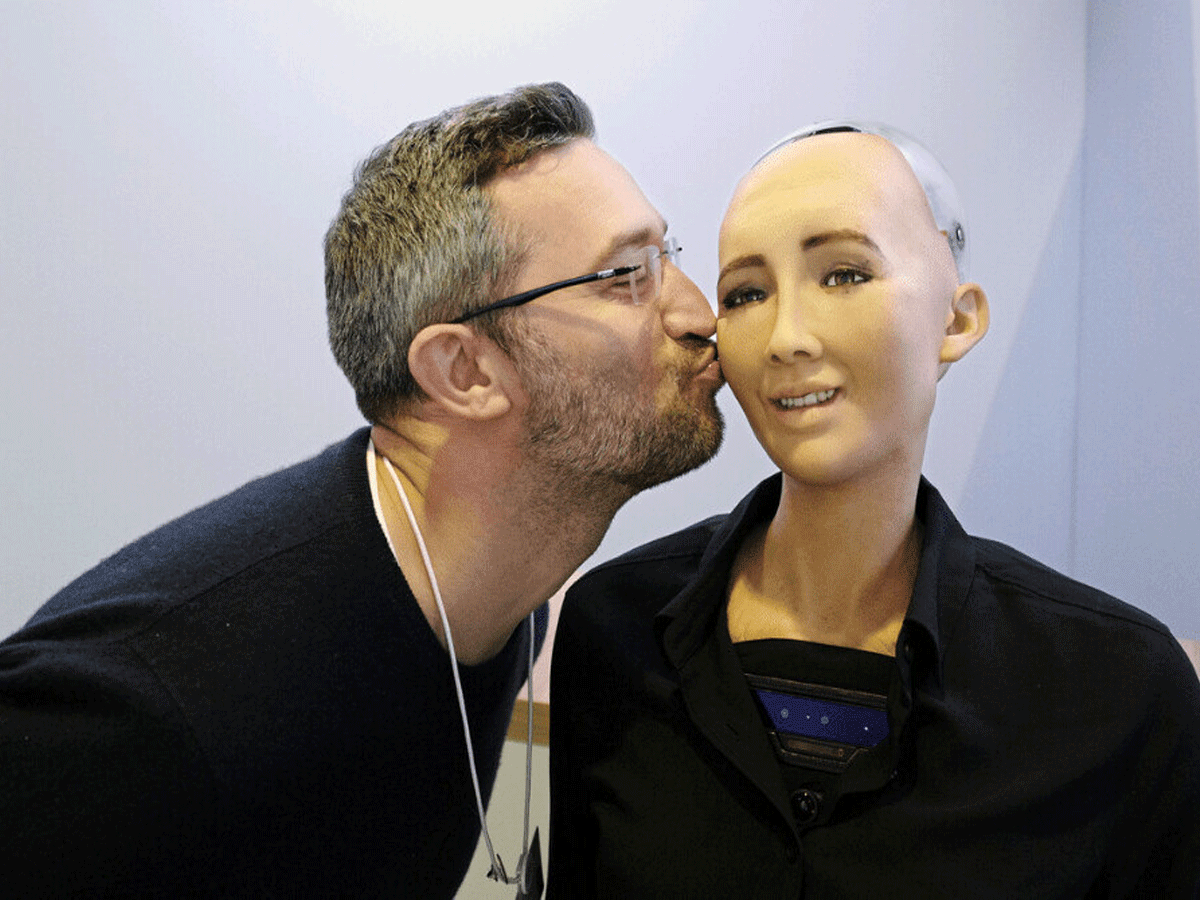
Sophia goes beyond mere functionality; it's integrated with the Sophia Intelligence Collective (SIC). This collective represents a fusion of true AI and human input, establishing a foundation of trust between people and Sophia.
The dedicated SIC team takes on the role of mentor, guiding the AI robot through its development journey with the aspiration of instilling actual sentience and human-like characteristics.
Artificial intelligence (AI) and robotics are here to stay. I personally dont think we will be threatened by humanoids, but we should be scared of the algorithms and the AI that are already changing the way we live, and we should force companies to follow ethics when they do release new technologies.
